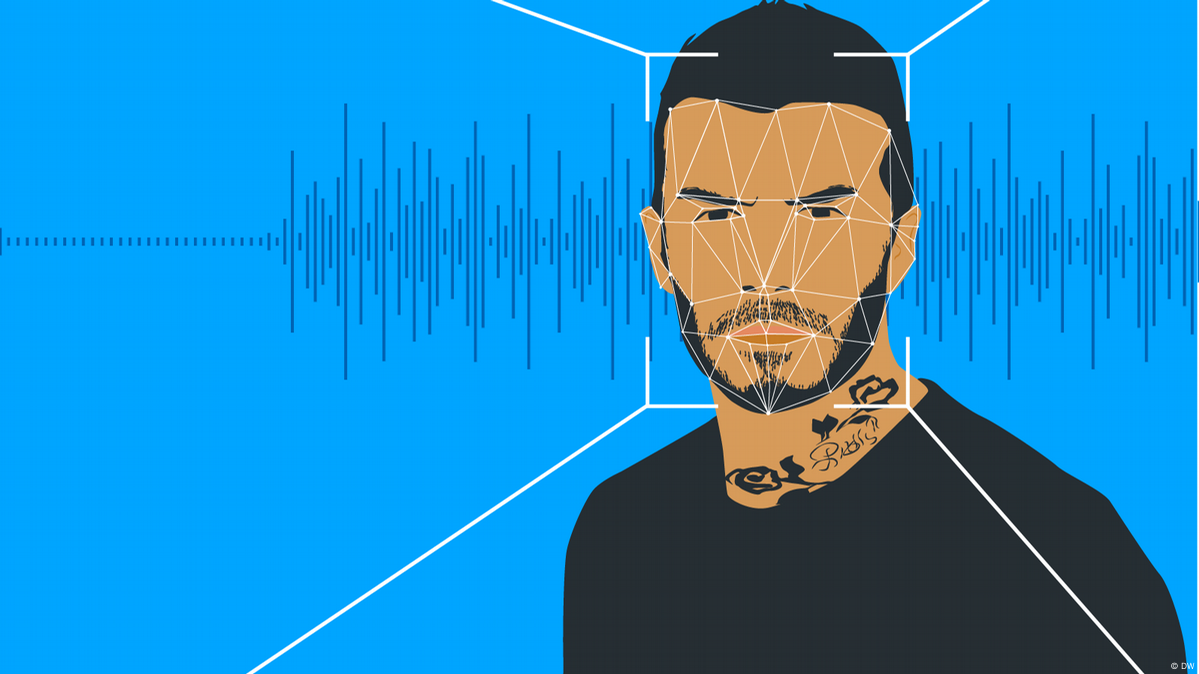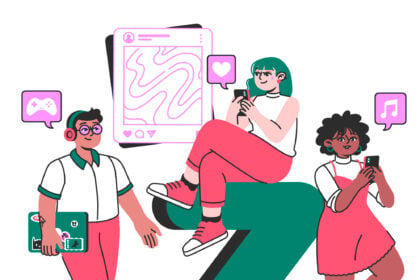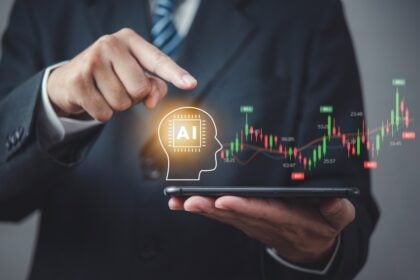Can You Trust Your Eyes? The Age of Deepfakes Is Here
🎥 Watch This Before You Believe Anything Online:
We’ve officially entered a chapter of the internet where “pics or it didn’t happen” no longer cuts it. Thanks to deepfakes — AI-powered synthetic media that can make anyone say or do anything — our eyes are now optional when it comes to verifying truth. From fake celebrity interviews to political chaos bait, the question isn’t if you’ll see a deepfake… it’s when.
🤯 From Meme to Menace: How Deepfakes Took Over in 5 Years
Let’s rewind. Deepfakes started as experimental projects on Reddit circa 2017 — with Nicholas Cage’s face pasted on every movie character imaginable. Funny, sure. But like most internet toys, it didn’t stay innocent for long.
By 2020, deepfake videos were mimicking world leaders. In 2023, we saw TikToks of “Tom Cruise” doing backflips that looked disturbingly real. Fast forward to 2025? Even your grandma’s voice could be cloned with free apps.
“My friend got a voice message from his ‘boss’ asking to send Bitcoin. Spoiler: it was a deepfake and he almost did.”
— Reddit user u/fintechguy 🚨
💡 So Wait… What Are Deepfakes Exactly?
Deepfakes = “deep learning” + “fake.” They’re media (video, audio, image) generated using AI models trained on real people. These models learn how someone looks, talks, and moves — then rebuild them digitally.
Think Photoshop 10.0, but in motion, and terrifyingly convincing.
🧠 The Tech Behind the Trickery
Behind the scenes, deepfakes use generative adversarial networks (GANs) or diffusion models. These systems generate hyper-realistic faces, voices, and gestures — and they keep improving as they learn from more data.
You used to need a supercomputer and a PhD to do this stuff. Now? TikTokers do it on their lunch break with free tools from Hugging Face or ElevenLabs.
🎭 Celebrity Clones, Political Chaos & Insta Illusions
The problem with deepfakes isn’t just the “wow” factor — it’s how easily they can mislead, manipulate, and mess with everything from politics to your group chat.
🔥 Famous Fakes That Fooled Millions:
- Katy Perry at the Met Gala? Nope — AI-generated. Still went viral.
Source: People Magazine - Zelensky Surrender Video — a fake deepfake that was so convincing it briefly made headlines during the Ukraine war.
- AI Drake vs. Real Drake? That’s not even a debate anymore on TikTok.
“Honestly, I didn’t know it was fake until someone pointed out the hands. Deepfakes are WILD.”
— @itsjustmemez, TikTok 📱😂
⚠️ Deepfakes Gone Dark: Real-World Scams & Damage
Deepfakes are no longer just viral content — they’re being used in real crimes. In Hong Kong, a finance worker was scammed into wiring $25 million to criminals posing as his company’s CFO via a deepfaked Zoom call. That’s not a Black Mirror episode. That happened this year.
Companies now face an impossible question: “Did the CEO really ask for that?”
Source: Financial Times
“I swear it was his voice, his face, everything. Now we have extra verification steps for every call.”
— LinkedIn post by corporate auditor 💼🕵️
🛡️ How to Spot a Deepfake (Before You Share It)
You don’t need an AI degree to detect fakes. Here’s your scroll-stopping deepfake survival kit:
- 👀 Eye Weirdness: Look for unnatural blinking or dead eyes.
- 🔊 Lip Sync Slip-ups: Slight desync between voice and mouth movement? Red flag.
- 💡 Lighting & Shadows: If the lighting looks off, it probably is.
- 🧴 Plastic Skin Texture: Too smooth = too fake.
- 🎧 Use tools: Try sites like Reality Defender or Microsoft’s Video Authenticator.
🔎 But Can We Really Fight This?
Yes — kind of. Detection is improving. Meta, Google, and OpenAI are all working on watermarks and digital fingerprints. But detection will always lag behind generation. That’s the uncomfortable truth.
Governments are finally catching up, too. In the U.S., deepfake porn is now illegal in multiple states. China has cracked down on unauthorized synthetic media. And the EU’s AI Act is watching the space closely.
Still, it’s a digital arms race. And creators have a head start.
📲 Deepfakes on Social: Funny Filters or Dangerous Tricks?
On TikTok, Snapchat, and Instagram, face-swap filters and AI lipsync are already mainstream. While most are harmless fun (hello, baby-faced rappers), the lines are blurring fast.
A clip of “Obama” playing Minecraft? Cute.
A deepfake of your cousin announcing a fake GoFundMe? Not so cute.
🔗 Also check out one of our latest trending pieces — it’s a good one!
🗣️ Real Voices React 🔥
“Deepfakes are gonna make ‘video evidence’ obsolete. We’re not ready.”
— u/EyerollEmo, Reddit 🤯
“I laughed when I saw AI Trump rapping… until I saw someone fall for it.”
— @truthhurtsnow, X (formerly Twitter) 💀
“We used to say ‘don’t believe everything you read.’ Now? Don’t believe what you SEE.”
— TikTok user @verifymetwice 🎥🧐
❓ FAQ: Deepfake Reality Check
Q: What is a deepfake and how is it made?
A: Deepfakes are media generated using AI that mimic real people’s voices or faces, created using deep learning models like GANs or diffusion models.
Q: Are deepfakes illegal?
A: In some contexts, yes. Deepfake porn is banned in many countries, and fraud via deepfakes is now prosecutable in several U.S. states and globally.
Q: How can I detect if a video is a deepfake?
A: Look for weird lighting, stiff expressions, and out-of-sync speech. Tools like Reality Defender and Microsoft’s Video Authenticator help.
Q: Can deepfakes be stopped entirely?
A: Not completely. But awareness, verification tools, and legislation can slow the damage and protect consumers.
🧠 TL;DR: Can You Trust Your Eyes?
In the age of deepfakes, your senses need backup. From AI-powered impersonations to viral visual lies, deepfakes are rewriting what it means to “see it to believe it.” Stay skeptical, verify everything, and remember: if it feels too weird to be real… it might just be AI.









